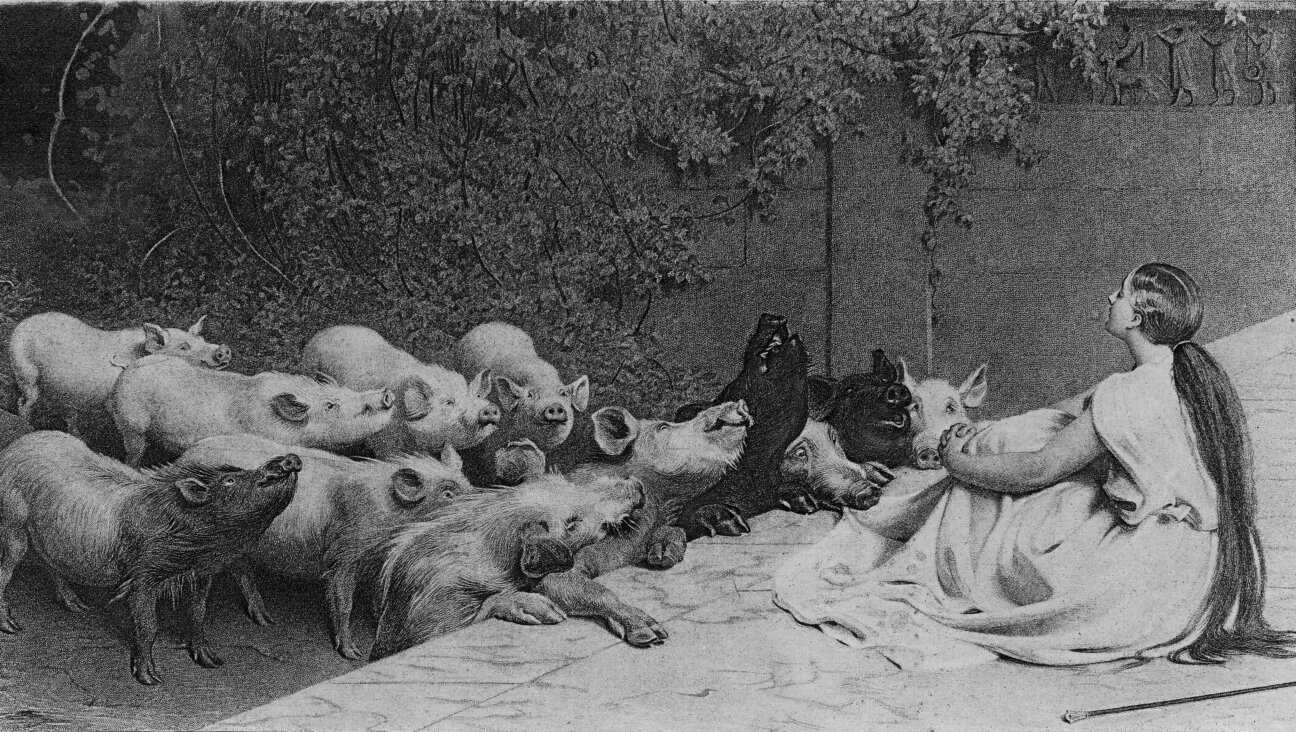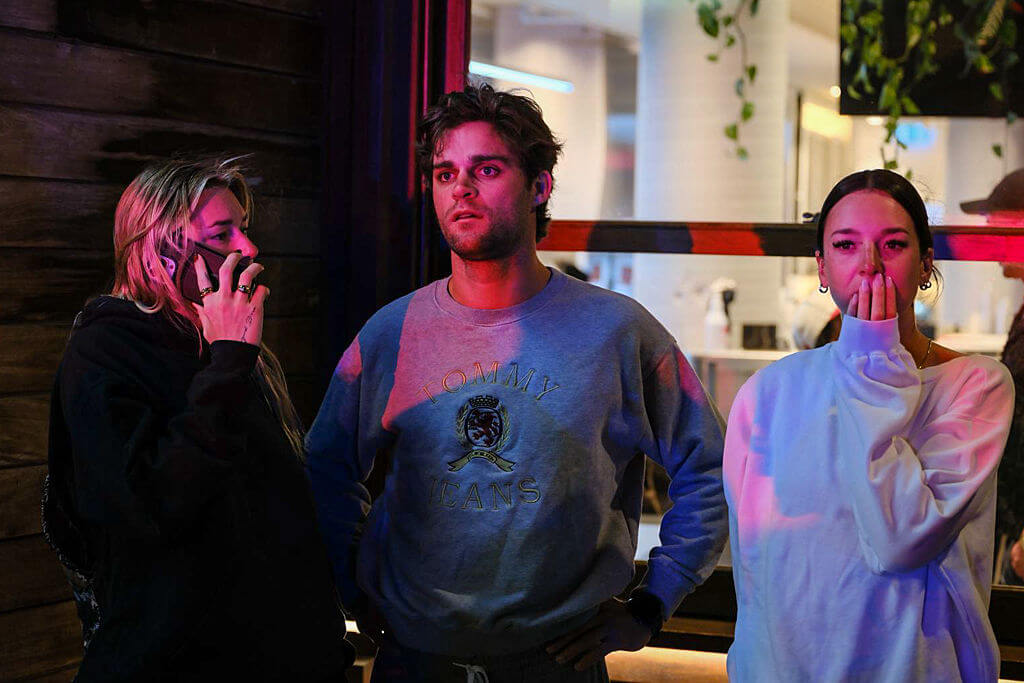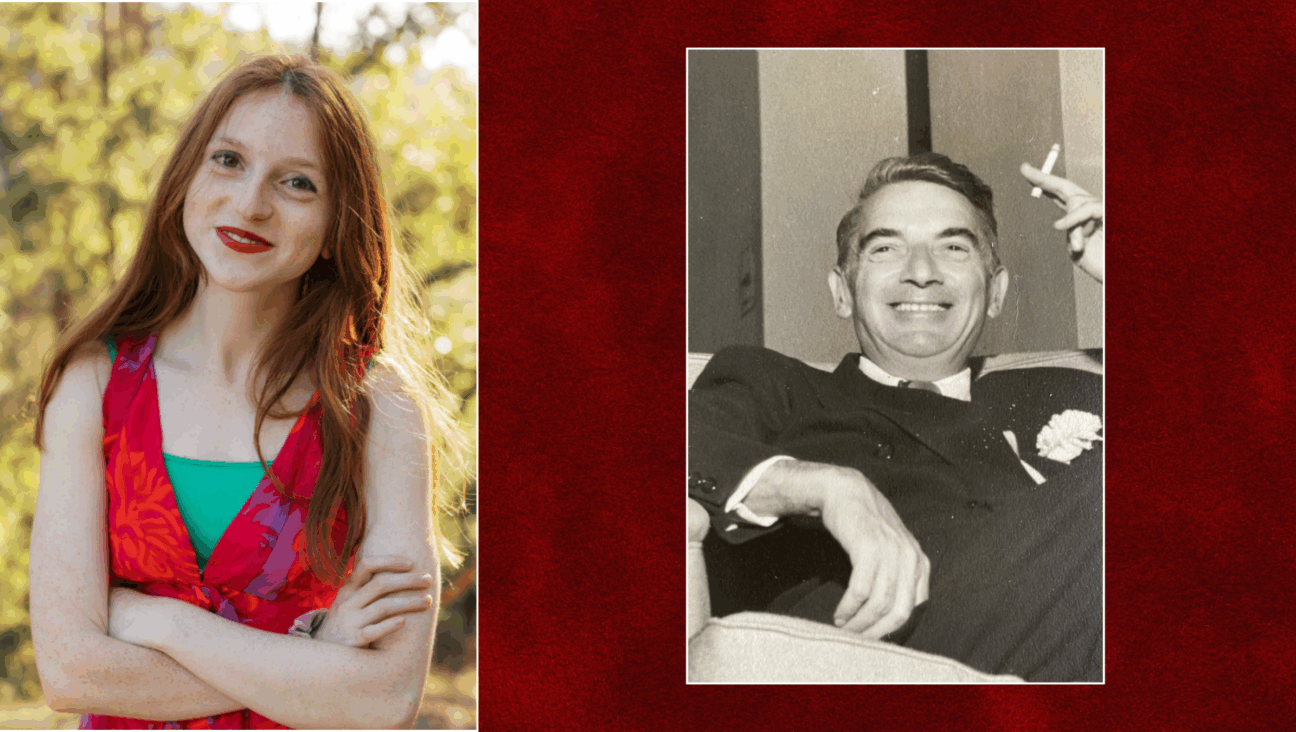In 1913 Vienna, Freud meets Hitler — and the patient of his nightmares
Richard Ledes’ ‘V13’ stars Alan Cumming as the father of psychoanalysis

Alan Cumming plays Sigmund Freud.
Early in the new film V13, there’s a psychoanalytic answer to the diner scene in Heat.
A shabby young painter, selling his landscapes for 20 crowns, rubs elbows with a well-dressed sophisticate at a greasy spoon. His would-be patron notices how his street scene is missing a statue of Athena. The painter remarks that Athena — goddess of reason — is an avatar of hypocrisy, admired by politicians who claim to detest the slavery permitted in ancient Greece, while upholding a more modern bondage. Then the older man notices the people — their proportions are off.
It’s not De Niro and Pacino, it’s Adolf Hitler and Sigmund Freud. Their paths won’t cross again, unless you count the Anschluss, Freud’s exile in London and the murder of much of his family in the death camps.
Directed by Richard Ledes, and based on the play Vienne 1913, by the late psychoanalyst Alain Didier-Weill, the film follows starving artist Adolf — an excellent Samuel H. Levine — and his slide into obsessional antisemitism.
He begins as a penniless art school reject, sleeping on a bench on his 20th birthday. His disaffection and his disdain for modernism — Klimt in particular — and his belief in the nobility of his Germanic ancestors makes him a ripe recruit for extremism. He, like so many others, finds his way to radicalization through a friend.
Hugo (Liam Aiken) is a well-heeled musician contending with an irrational hatred of Jews. On the advice of a family friend — Carl Jung — he starts treatment with Freud (Alan Cumming, bespectacled, not overplaying a resemblance). His distaste for the doctor’s “droll” theories and his Jewishness, Freud concedes, will make their sessions “exceptionally tough.”
From the first minute, Ledes’ film is overstuffed with enough ideas to bowl over Tom Stoppard. An epigraph from Walter Benjamin introduces a nonlinear concept of history. The Vienna of the film is shot in the Bronx and Coney Island, the Wonder Wheel standing in for the Prater.
Stuffy period setting out of the way, the sometimes literal stage is set for the dueling ideologies of pre-war Austria. Befriending Hugo, Adolf meets the disciples of the pan-Germanist Georg Ritter von Schönerer, who share his ideas about blood pollution, paganism and Christianity as an unwelcome Judaic import. (Jesus, we’re told, is the “Jewiest Jew” for proclaiming that we are one human family under the Father.)
While for the young men all occasions inform against Jews and Marxists, Freud and Jung are busy breaking up. Jung (Andrew Stewart-Jones) is determined to pursue his mystical bent and insists Freud’s unconscious is Jewish, splitting their field along ethnic lines.
Ledes takes cues from art films, with Hugo and Freud’s sessions playing out in black and white on the stage of a theater, an empty audience before them in the gallery of the mind, and video installations of Tarot cards playing behind intellectual debates.
Layered and deeply learned, V13 transplants the tinderbox of 1913 Austria to a setting at once familiar and unsettling. We needn’t reach too far to see how the Pan-Germanists of the past resemble Proud Boys today, or detect in Hugo or Adolf someone who may now identify as an incel and lurk in the no-longer-so-deep corners of the internet.
A score of Webern and Wagner, supplementing the work of Romanian electronic composer Silent Strike, builds into a hypnotic encounter, as Hitler starts to see the fine meshed “net” surrounding his country. It is, naturally, weaved by the untermensch who control politics, religion and the sex trade he despises.
In a chilling scene, Adolf stages a play with the litany of victims in Niemöller’s poem represented — Jews, trade unionists, priests. Upstage are two gates to pass through — one for those who can change, and one for those who cannot.
The play within the play — dubbed the “Rat Trap,” a vermin-forward twist on Hamlet’s “Mousetrap” — anticipates the worst crimes of the Holocaust, but Freud’s case study of Hugo, and indeed even his brief brush with Hitler, give the lie to the future Führer’s premise.
People can change. Both for the better, and for the far, far worse.
Richard Ledes’ V13 is out now on Vimeo.

















